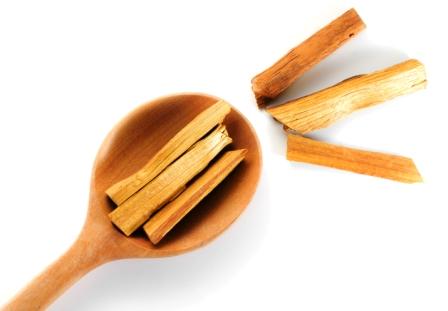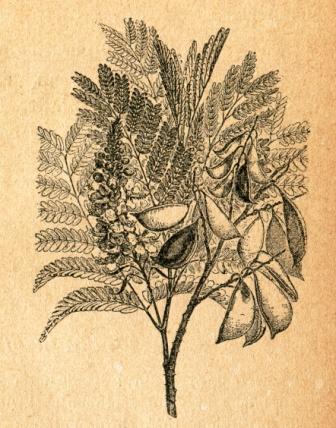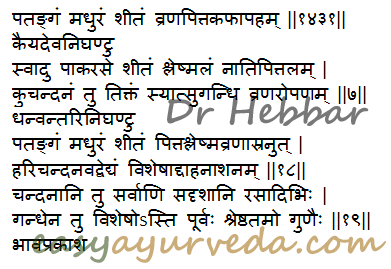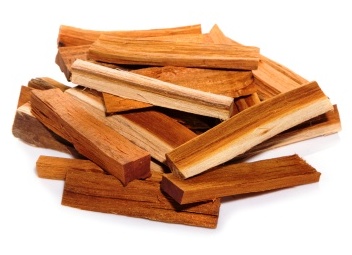Patranga Caesalpinia sappan Uses, Dose, Research
Sappan wood, Caesalpinia sappan is a styptic, useful in diarrhea, wound healing. It is called Ku-chandana, as it is similar to sandalwood in qualities and usage.
The red dye – Brazilian, extracted from its heart wood is useful to color fabric and also for preparing red ink.
Botanical name- Caesalpinia sappan Linn.
Family -Caesalipiniaceae ( Simbi kula / Kantaki karanja upakula)

Table of Contents
Vernacular names
Names in different languages:
Hindi name- Patang, Patrang, Bakam
English name- Sappanwood, Sappan wood, Sappan tree
Kannada name – Chappanga or Pathanga or pathraanga, Chakke Sappanga
Telugu name-Vakamu,
Tamil name – Patungam, Pathimugam
Gujarati name – Patang
Malayalam name- Sappannam, Sampannam
Sanskrit Synonyms
Kuchandana – Similar to sandalwood in qualities, but slightly inferior to it.
Patta ranjaka, Ranjana, Suranga, Pattaraga, Patta Ragakam- The heartwood is used to impart red color to cloths.
It produces a reddish dye called brazilin, used for dyeing fabric and also to make red paint and ink.
Raktakashta, Raktasara – red colored heartwood
Pattanga, Jaghanya, Pattaram.
Classical categorization
Kaiyadeva Nighantu – Oshadhi Varga
Dhanvantari Nighantu – Chandanadi Varga
Bhavaprakasha – Karpuradi Varga

Chemical composition
Caesalpinia sappan chemical composition:
Heart wood-B- amyrin glucoside alanine, Thrconine, oil; Caesalpin J&P. protosappanin A,B & C (JLN Sastry)
Properties, part used, dosage
Caesalpinia sappan medicinal properties:
Guna (qualities) -Rooksha – Dryness
Rasa (taste) – Kashaya – astringent, Tikta – bitter, Madhura – sweet
Vipaka- Katu – Undergoes pungent taste conversion after digestion
Veerya – Sheeta – Coolant
Effect on Tridosha – Balances Kapha and Pitta
Pharmacological actions – Anti inflammatory, Hypotensive, Cytotoxic, Anti microbial
Part used- Heart wood – Sara.
Dosage-Decoction 50-100 ml
Sanskrit verse

Uses, indications
Caesalpinia sappan uses:
Madhura – sweet
Sheeta – coolant
Indicated in:
Vrana – Ulcers, wounds
Daha – burning sensation, as in gastritis, neuropathy, burning sensation in eyes etc
Asra – blood disorders such as abscess, skin disorders, bleeding disorders such as menorrhagia, nasal bleeding etc.
It is useful in white discharge (leucorrhea), heavy periods and shortened periods.
For mouth ulcers: Because of its styptic nature, it is very good in healing mouth ulcers. Hence, it is an essential ingredient in Khadiradi Vati – used in Ayurvedic treatment of bad breath, oral ulcers, diseases of teeth etc.

Pharmacology
It is a very good antioxidant and anti-inflammatory agent. It is scientifically proven to have hepato-protective activity. Hence, useful in fatty liver changes and liver damage caused by excess of caffeine, paracetamol, alcohol etc.
Ayurvedic medicines
Ayurvedic medicines with Caesalpinia sappan as ingredient:
Patrangasava – used mainly in gynecological conditions such as heavy menstrual bleeding, leucorrhea, fever etc.
Kumkumadi Tailam – an Ayurvedic oil to improve skin complexion and glow.
Interaction with medicines, supplements
Can this be used while taking Homeopathic medicine?
Yes. This product does not react with homeopathic medicine.
Can this medicine be continued while taking supplements like multivitamin tablets, Omega 3 fatty acids etc?
Yes. Generally, this product goes well with most dietary supplements. However, if you are taking more than one product per day, please consult your doctor for an opinion.
With western
medicines
Seek your
doctor’s advice if you are taking this product along with other western
(allopathic / modern) medicines. Some Ayurvedic herbs can interact with modern
medicine.
If both Ayurvedic and allopathic medicines are advised together, then it is
best to take Allopathic medicine first, wait for 30 minutes and then take the
Ayurvedic medicine.
Research
Antioxidant and hepato-protective activity:
Ethanol extract from Caesalpinia sappan (250mg/kg & 500 mg/kg B/W) on acetaminophen (APAP) induced rat hepatic injury was studied. The development of hepatotoxicity induced by APAP is promoted by oxidative stress. APAP treated group significantly (p<0.01) elevated the serum enzymatic levels like serum glutamate oxaloacetate transaminase (AST), serum glutamate pyruvate transaminase (ALT), serum alkaline phosphatase (SALP) and total bilirubin, which were decreased towards normalization significantly (p<0.01) by the Caesalpinia Sappan in a dose dependent manner. In addition, the Caesalpinia sappan significantly (p<0.01) increased the decreased level of antioxidant enzymes such as superoxide dismutase (SOD) and catalase (CAT), glutathione peroxidase (GPX), glutathione-s-transferase (GST) and reduced glutathione (GSH). Histological analysis of the liver of these rats revealed marked necro-inflammatory changes by APAP and Caesalpinia sappan attenuated the necro-inflammatory changes in the liver. The activity of Caesalpinia sappan at 500 mg/kg B/W was comparable to the standard drug silymarin (25mg/kg B/W). These data suggests that Caesalpinia sappan showed significant antioxidant properties and protects the rat liver from APAP treated oxidative injury & liver damage.
Anti inflammatory activity:
Four new phenolic compounds, caesalpiniaphenols A–D (1–4), together with eight known compounds were isolated from Caesalpinia sappan heartwood. The chemical structures were established mainly by NMR, MS, ECD, and Mosher’s method. Compounds 4, 5, and 7 showed weak inhibitory activity against the LPS-induced NO production in macrophage RAW264.7 cells with IC50 values of 12.2, 3.5, and 5.7 ?M, respectively.
J. Nat. Prod., 2012, 75 (12), pp 2069–2075
Sthanika Karma (Systemic Action)
External Application – It has wound healing, Styptic action. It is indicated in skin disorders for external application
Internal administration-
Nervous system – Indicated in Insanity, Epilepsy, and in other convulsive disorders.
Circulatory System – Styptic, indicated in Bleeding disorders
Reproductive system – Indicated in Leukorrhea, Menorrhagia, Metrorrhagia etc. Decoction is indicated for internal administration as well as for uttarabasti.
Excretory system – It is indicated in Diabetes, decreases urine output
Tapakrama – Reduces burning sensation
Tvak – Indicated in skin disorders











5 comments
chris
Hello, would you say that having a neem-capsule in the morning, 1 teaspoon of manjishta-churna and 1 teaspoon of guduchi-churna before both lunch and dinner, and finally one Turmeric/Gotukola/Astragalus-capsule at night is too much of bitter-flavour in my diet?
It´s for acne treatment.
Thanks.
T G VIJAYAN
CASELPINIA SAPPAN HERBAL DRINK IS PREVENTION OF VARIOUS DISEASES(DAILY 1-2 LITERS)
sriram
Hi sir, the herb mentioned here is it pathimugam? commonly used in Kerala state. If not could you please write about pathimugam.
I have undergone AEC/allergy treatment and AEC levels dropped from about 1000 to 514. would drinking pathimugam water be helpful as a food modification to keep a pure blood. Thanks in advance.
Aditi
Is drinking pathimugham water good for balancing pitta kapha dosha? Also will it have any effect on PCOD ?
Aditi
Thank you